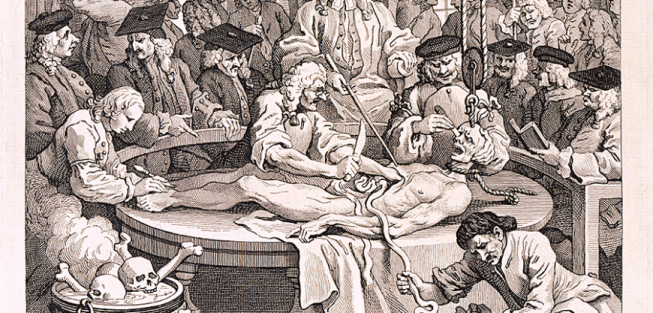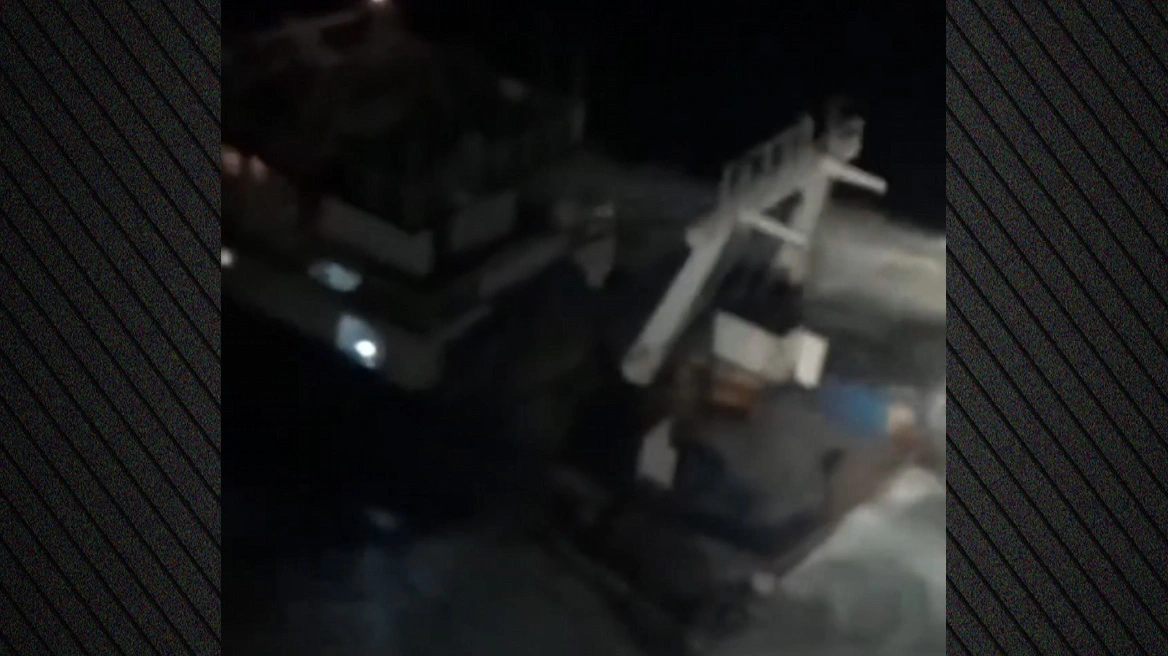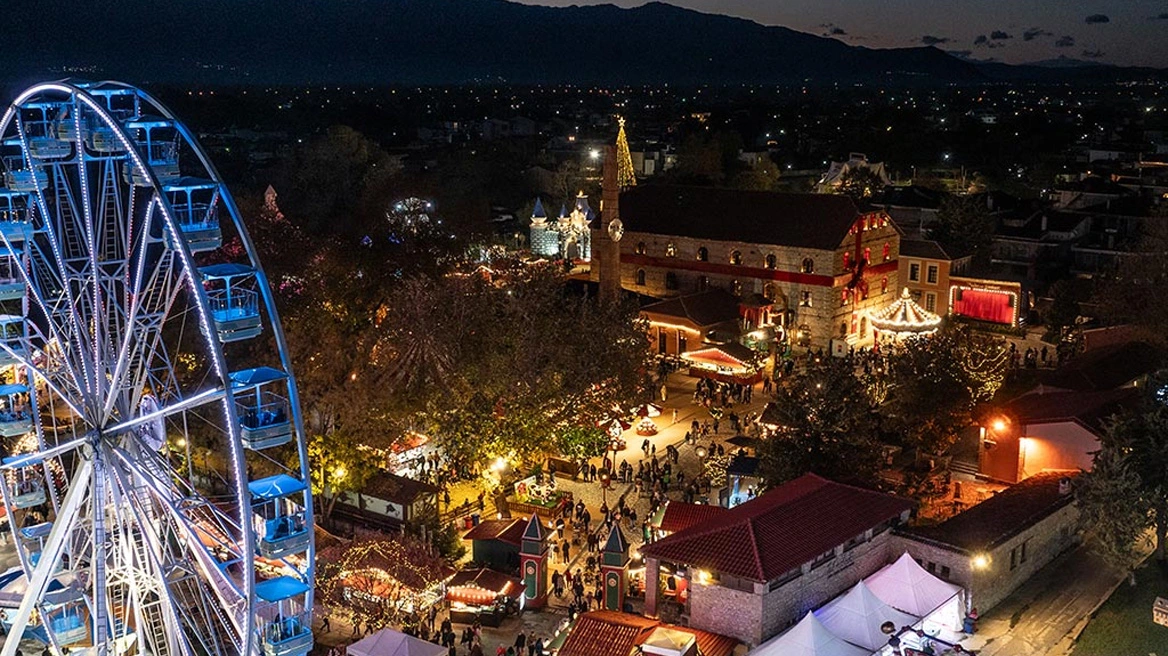Beginning in 5300 BC, a Linearbandkeramik or Linear Pottery culture (LBK) developed in the region of Herxheim in southwest Germany, one that could be described as an idyllic Stone Age settlement. The houses were the same, the rudimentary farm plots were the same, the small village seemed to be relatively safe from invaders and predators. Yet sometime around 4950 BC, the community abruptly disappeared. The town was abandoned, leaving behind shattered pottery, hundreds of butchered bodies, and a huge pile of bones. Today, researchers are not certain what happened but signs suggest that a rise in ritual sacrifice, and possibly cannibalism, had something to do with it.
In 2009, an archeological dig of a Stone Age village unearthed a mass grave with hundreds of human remains, belonging to at least 500 people and possibly over 1,000. The bones were of men, women, and children as well as infants and fetuses. Tool marks on the bones show that the flesh had been carefully scraped off while larger bones were broken, possibly to get at the marrow. Even the skulls were broken as if to better extract the brains.
Dutch political leader Geert Wilders prosecuted by Turkey for “insulting Erdogan”
Tsitsipas beats Nadal 3-2 set & advanced to the semifinals of the Australian Open
The butchering all occurred shortly after the victims’ death and was clearly done by someone who knew what they were doing. Although the butchering was done with the same practiced techniques of slaughtering cattle or sheep, it is not certain what became of the human flesh. Some believe the villagers of Herxheim ate the meat; others say that it would have been buried along with the bones as part of the ritual.
Read more: Ancient Origins
Ask me anything
Explore related questions





